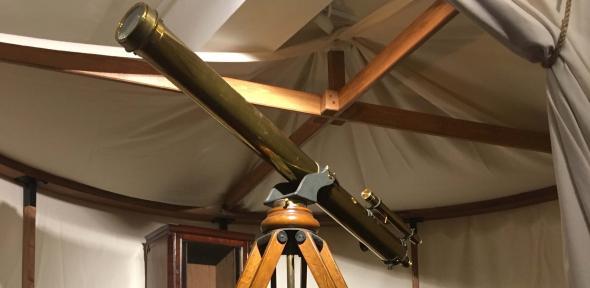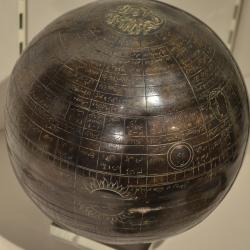This exhibition used the rich collections of the Whipple Museum and the University of Cambridge Institute of Astronomy to exhibit and critique these sciences of empire. It displayed the instruments at the heart of colonial rule, exploring how these material tools were deployed, used, traded, and received in often remote locations, as part of strenuous efforts to secure and further British dominion. And it attempted to recover the human stories that underpin these enterprises, on both sides of the Imperial encounter.
Thematic displays evoked the often rough and always challenging work of precision science conducted in the field and aboard ship. They asked how the instruments crucial for these practices were transported, calibrated, used, and exchanged. And they drew attention to the human actors - some very visible in the historical record, many others nearly invisible - who made these enterprises work. Using numerous direct quotes from those tangled up with astronomy and empire, the exhibition explored the many different types of labour and power that made observations count between the 18th century and the end of Empire.
Further information
- Watch a short piece, as part of India Unboxed, about our very own Portable Transit Instrument, its movement, and role in the networks of Empire.
- Watch a special curator's tour via the University of Cambridge Museums Facebook page.





